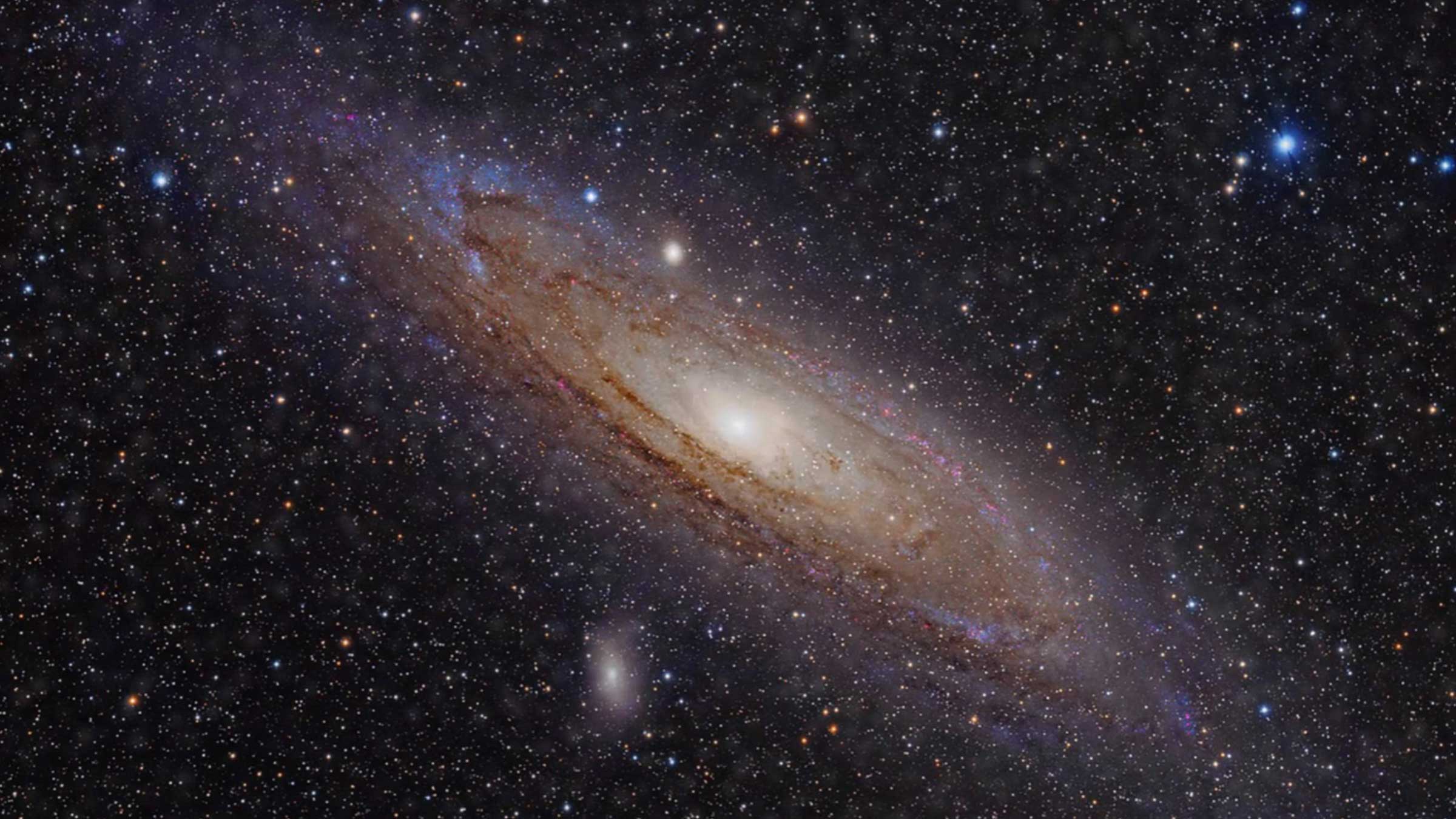James Webb discovered 'impossible' galaxies 13 billion years old - they shouldn't exist

The James Webb Space Telescope continues to help scientists explore the universe. It recently discovered six galaxies that scientists call 'impossible'.
Here's What We Know
Scientists speculate that the first galaxies appeared a few hundred million years after the Big Bang. But they're all supposed to be small. However, James Webb has discovered six massive galaxies 13 billion years old at once.
The space telescope has found galaxies that have masses equal to hundreds of billions of solar masses. They formed 500-800 million years after the Big Bang and some have about as many stars as the Milky Way. Accordingly, they are now 2.5-2.8 billion years old.
The discovery was made as part of the CEERS programme, which studies the early Universe. Ivo Labbé and his colleagues reported it in the journal Nature. Initially, scientists thought they had made a mistake because the combined mass of the six galaxies exceeded the mass of the Universe at the time.
The galaxies discovered by the telescope are compact in size. For almost the same number of stars and mass (1.5 trillion solar masses), the new galaxies are 30 times more compact than the Milky Way. However, the Milky Way produces an average of no more than two new stars every year. If the scientists' data are correct, then the massive galaxies would produce hundreds of new stars each year. However, calculations indicate that they would not have had enough material to do so.
Now the scientists have to verify the results of their study. They want to obtain spectral images that can confirm or disprove the giant mass of galaxies. However, the scientists admit that supermassive black holes, which humanity has not encountered before, could be the cause of these results.
Source: Nature